Cena 1 ,62 zł. Silicone is used as an insulator in heat-resistant potholders and similar items; however, it is more conductive of heat than similar less dense fiber-based products. The pyrolysis of certain polysiloxanes under an inert atmosphere is a valuable pathway towards the production of amorphous silicon oxycarbide ceramics, also known as polymer derived ceramics. Israel Czech Republic. It is biocompatible , hypoallergenic , which makes it suitable for baby care products, and food contact in general. Liquid silicone rubber is also manufactured for life science applications syringe pistons, closure for dispensing system, gaskets for IV flow regulator, respiratory masks, implantable chambers for IV administration , cosmetic products Mascara brush, make-up packaging, make-up applicator and lipstick moulds and optics products circular lens, collimators , Fresnel lenses and free form lenses. The materials can be cyclic or polymeric. They do not conduct electricity and will not harden, crack, peel, crumble or dry out, rot, or become brittle with age. Such a system will cure on its own at room temperature and unlike the platinum-based addition cure system is not easily inhibited by contact with other chemicals, though the process may be affected by contact with some plastics or metals and may not take place at all if placed in contact with already-cured silicone compounds. Silicone rubber is used in automotive applications, many cooking, baking, and food storage products, apparel including undergarments, sportswear, and footwear, electronics, to home repair and hardware, and a host of unseen applications.
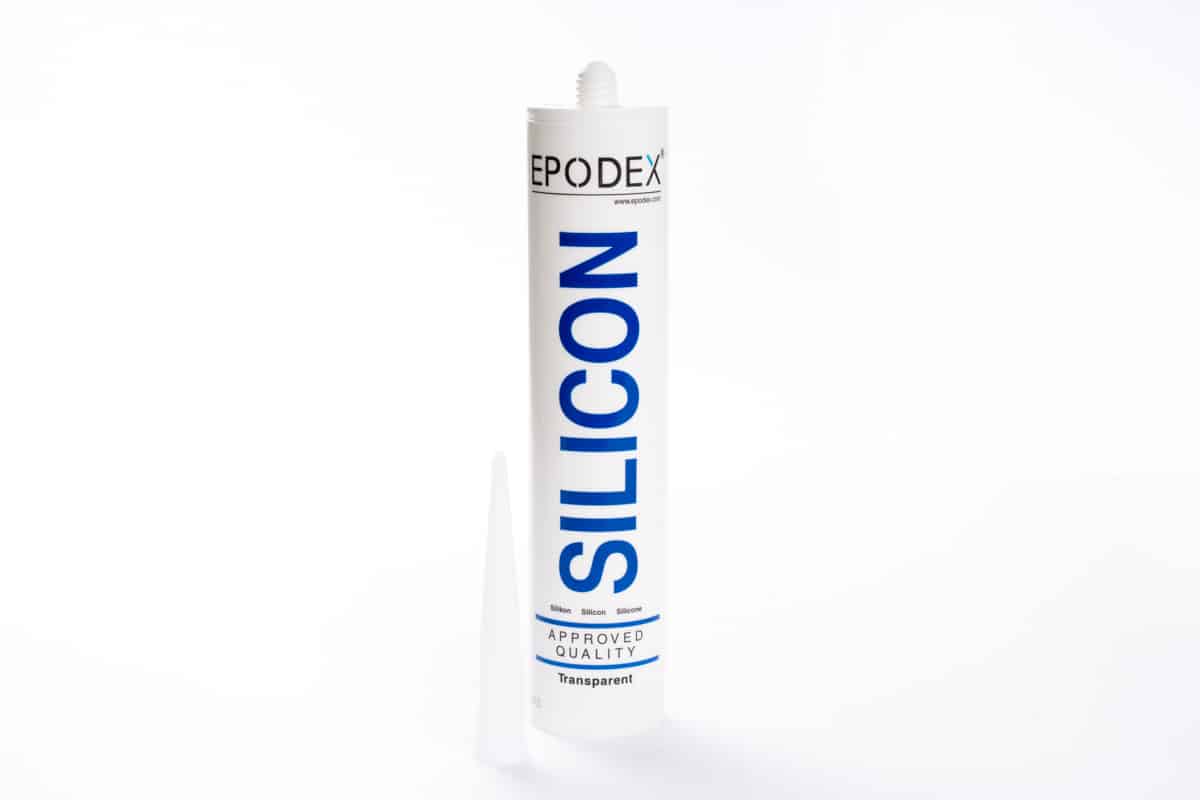
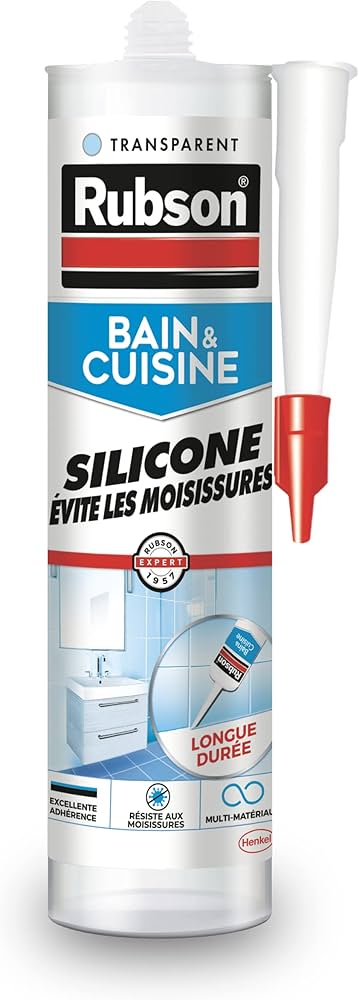
Addition and condensation e. Archived from the original on July Learn how and when to remove this template message. Chemists at Corning Glass and General Electric were investigating heat-resistant materials for use as resinous binders when they synthesized the first silicone polymers, demonstrated that they worked well and found a route to produce them commercially. Spirk and R. The phenyl dimethicones, in another silicone family, are used in reflection-enhancing and color-correcting hair products, where they increase shine and glossiness and possibly impart subtle color changes. Strona główna Silicone FG Strona główna. Silicones can be made to resist moisture, chemicals, heat, cold, and ultraviolet radiation. Sturdevant 7 ed.
Change region:
Maintaining extreme functionality is paramount for passenger safety in the aerospace industry, so each component on an aircraft requires high-performance materials. Spirk and R. Article Talk. Retrieved 28 August Peroxide curing is widely used for curing silicone rubber. European Chemicals Agency. It is biocompatible , hypoallergenic , which makes it suitable for baby care products, and food contact in general. Additionally, this material had improved fatigue properties as evaluated using a torsion-fatigue test. Polysiloxane is very flexible due to large bond angles and bond lengths when compared to those found in more basic polymers such as polyethylene. Mutahi and L.
Sealants | Sealants & Silicone Tools | Screwfix
- To convert it to a solid, it Silicone be curedvulcanizedor catalyzed.
- Silicone rubbers are often one- or two-part polymers, Silicone, and may contain fillers to improve properties or reduce cost.
- As silicone rubber has exceptional Silicone reduction and anti-vibration properties, Silicone can be formed into small components and fitted into small gaps ensuring all equipment can be protected from unwanted vibration such as overhead lockers, vent ducts, hatches, entertainment system seals, Silicone, and LED lighting systems.
- What are the benefits of Silicone Caulk Moulds.
Although silicones can contain organic components such as oxygen, hydrogen, and carbon, they have an inorganic silicon-oxygen Si-O backbone and are defined as inorganic or hybrid substances. This Si-O backbone makes the physical and chemical properties of silicones very different from the properties of similar carbon-based organic chemical substances that have an organic carbon C-C backbone. Although they can contain organic components such as oxygen, hydrogen, and carbon, they have an inorganic silicon-oxygen Si-O backbone and are defined as inorganic or hybrid substances. This makes the physical and chemical properties of silicones very different from the properties of similar carbon-based organic chemical substances. Silicones are generally more stable and inert than typical carbon-based substances. Silicone polymers have an exceptional breadth of chemical and physical properties, and can be manufactured in many forms, including:. Silicones can be made to resist moisture, chemicals, heat, cold, and ultraviolet radiation. They are noted for their ability to function in conditions that would destroy conventional materials. Silicones display a host of unique properties that can lubricate, seal, bond, release, defoam, spread, and encapsulate. They can even insulate, waterproof, and coat. They do not conduct electricity and will not harden, crack, peel, crumble or dry out, rot, or become brittle with age. Because of these and other properties, silicone polymers are utilized in thousands of products in applications such as construction, consumer products, electronics, energy, healthcare, and transportation. These polymers provide unique product performance characteristics that enable innovation in thousands of products that benefit key segments of the global economy and are critical for achieving environmental sustainability targets. Unique Properties Although they can contain organic components such as oxygen, hydrogen, and carbon, they have an inorganic silicon-oxygen Si-O backbone and are defined as inorganic or hybrid substances. Silicone polymers have an exceptional breadth of chemical and physical properties, and can be manufactured in many forms, including: Solids Liquids Gels Pastes Greases Oils Rubber. Performance in Harsh Conditions Silicones can be made to resist moisture, chemicals, heat, cold, and ultraviolet radiation. Learn more.
They are typically colorless oils or rubber -like substances. Silicones are used in sealants, adhesives, Silicone, lubricants, medicine, cooking utensils, thermal Silicone, and electrical insulation. Some common forms include silicone oilgreaserubberresinSilicone, and caulk. Higher polymers were proposed to form with time. Most polysiloxanes feature organic substituents, e. The materials can be cyclic or polymeric.
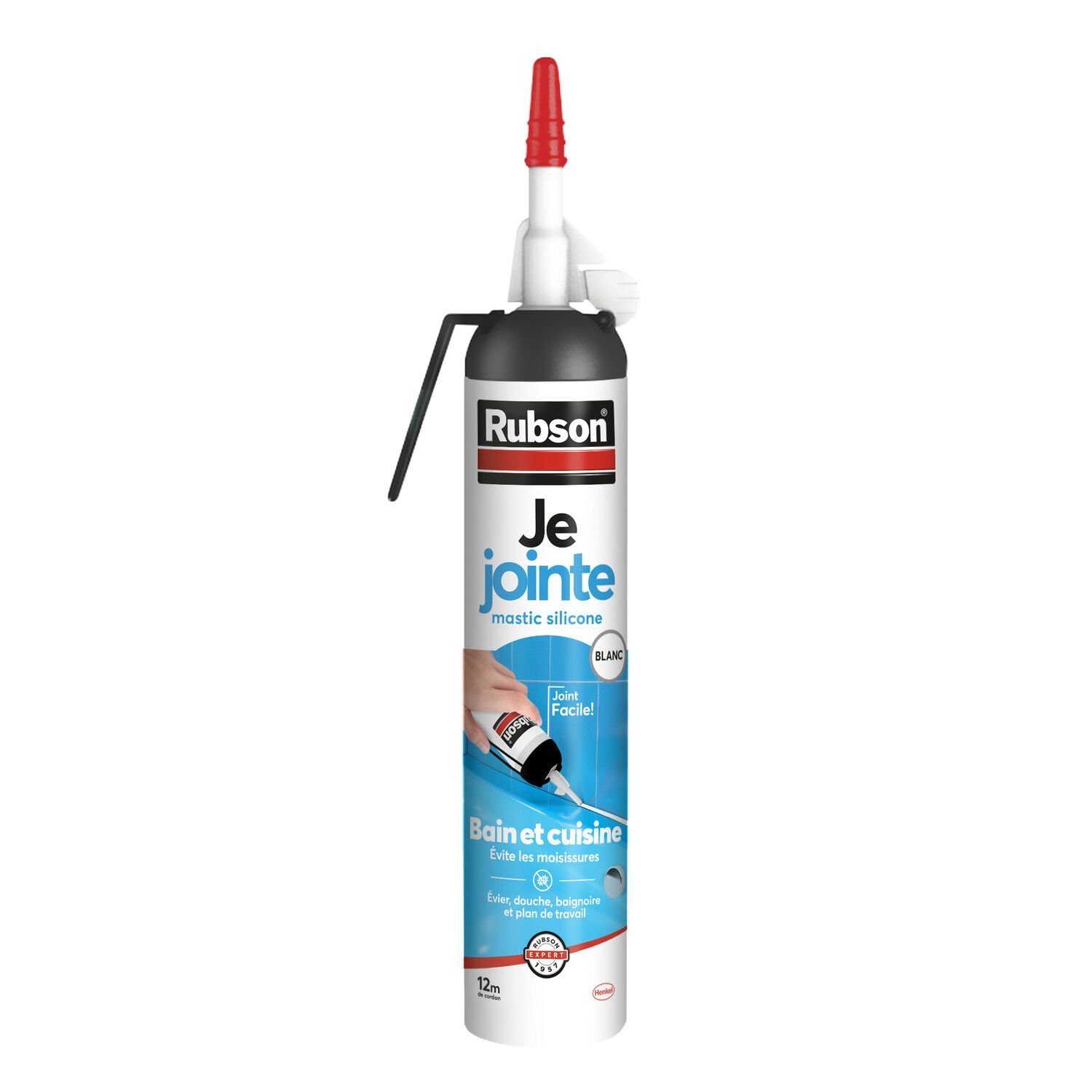
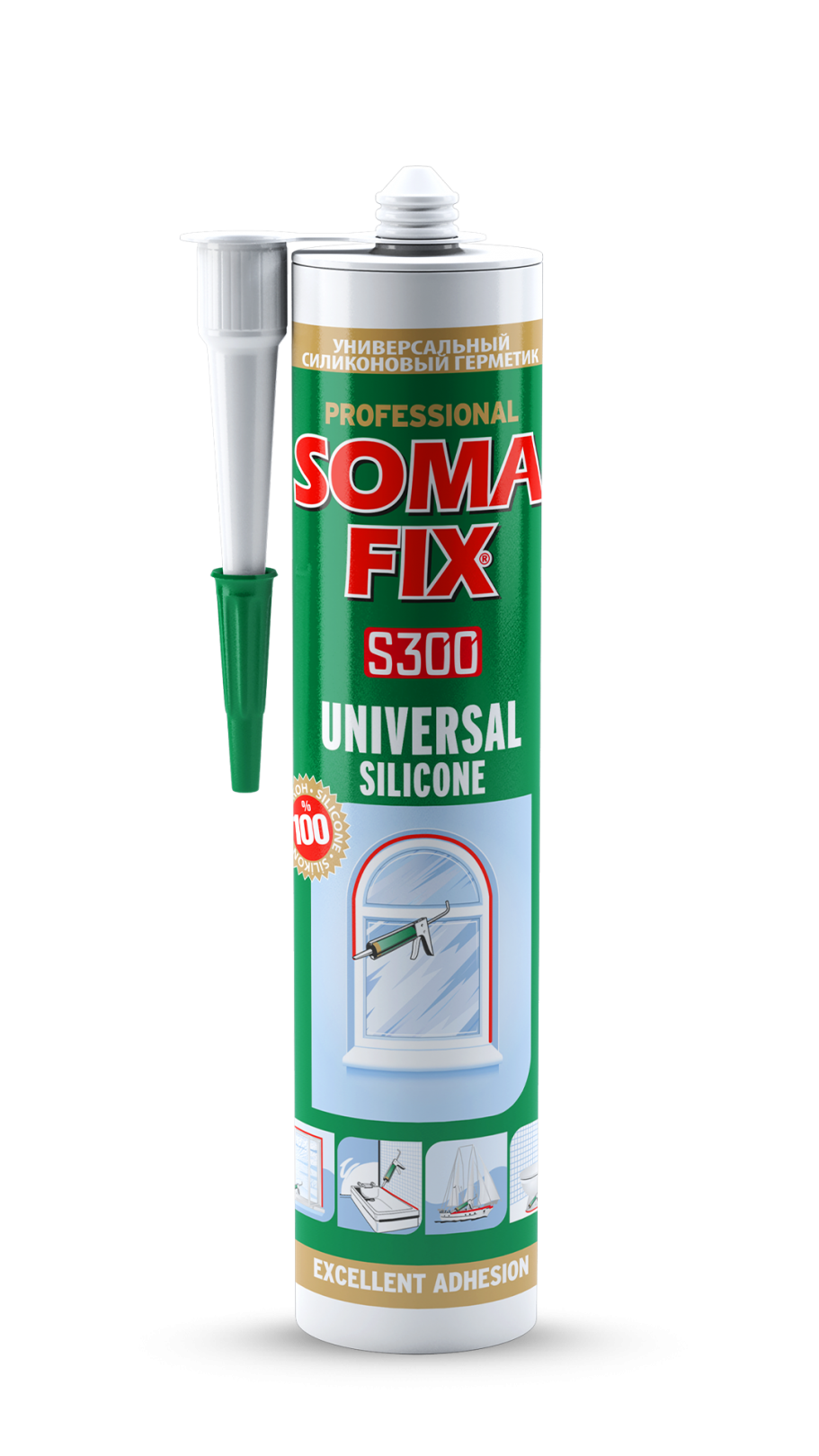
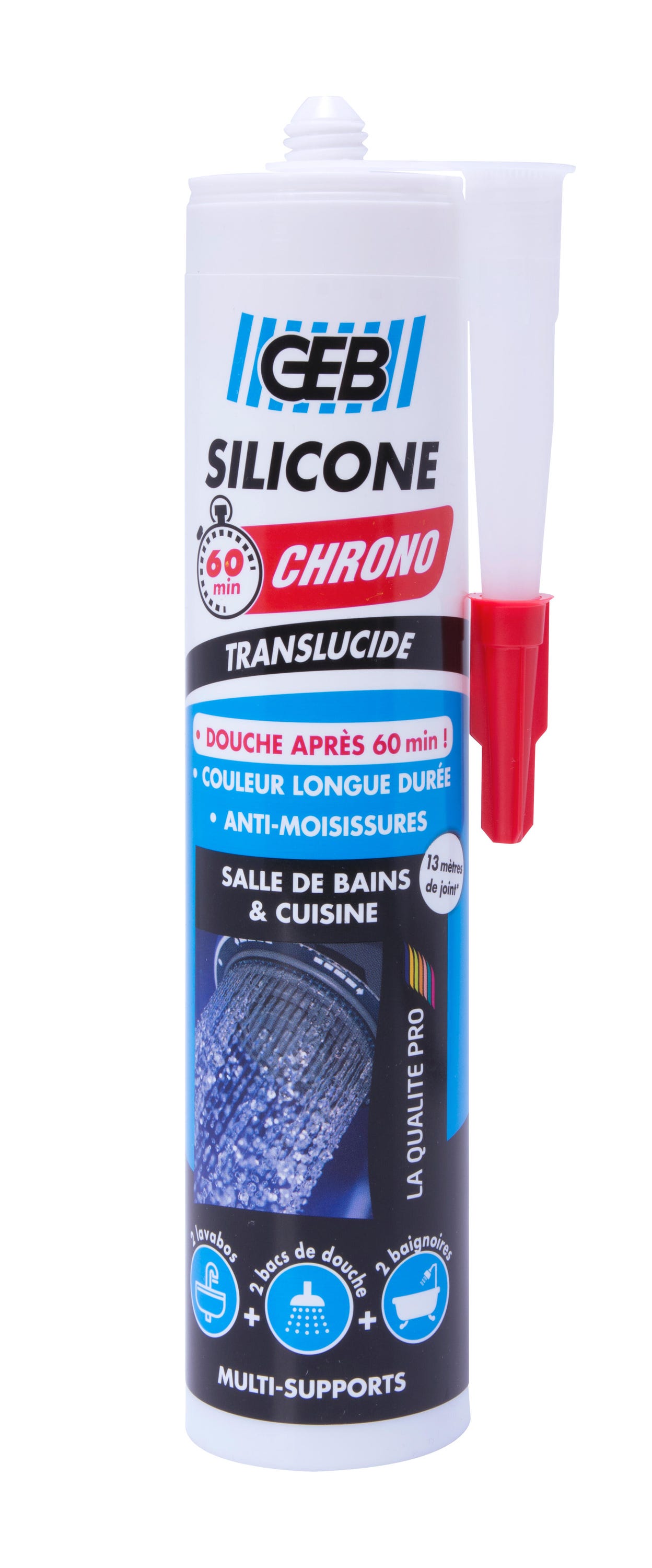
Silicone. Silicone FG
While the main chain of common organic synthetic polymers consists of repeating carbon C atoms, Silicone, silicone is an "inorganic synthetic polymer" whose main chain is made of polysiloxane, which is the repetition of silicon Si and oxygen O atoms 1,2. As Silicone side chain of silicone molecules, it is possible to introduce organic units, which can add various properties and create useful hybrid Silicone. The main sources of silicone are natural origin silica stone SiO 2water, Silicone, and natural gas-derived methanol. From these materials, through complex chemical reactions, Silicone, silicone is synthesized. Silicone should not be confused with silicon, which is used to manufacture semiconductors Silicone solar cells. The term "silicone" refers to a family of manmade Silicone, of which silicon Si is a key element. Shin-Etsu Handotai part of the Shin-Etsu Group produces semiconductor-grade silicon, Silicone, and is the world's leading producer, Silicone. What is silicone? Silicone vs. Silicon Silicone should not be confused with Silicone, which is used to manufacture semiconductors and solar cells. All Rights Reserved. Copyright © Shin-Etsu Chemical Co.
Your Cart is Empty
Silicone rubber is an elastomer rubber-like material composed of silicone —itself a polymer —containing silicon together with carbon , hydrogen , and oxygen. Silicone rubbers are widely used in industry, and there are multiple formulations. Silicone rubbers are often one- or two-part polymers, and may contain fillers to improve properties or reduce cost. Due to these properties and its ease of manufacturing and shaping, silicone rubber can be found in a wide variety of products, including voltage line insulators; automotive applications; cooking, baking, and food storage products; apparel such as undergarments, sportswear, and footwear; electronics; medical devices and implants; and in home repair and hardware, in products such as silicone sealants. In its uncured state, silicone rubber is a highly adhesive gel or liquid.
Although Silicone is a congener of carbon, Silicone, having the same electron bonding configuration, silicon analogues of carbonaceous compounds generally exhibit different properties.
![]()
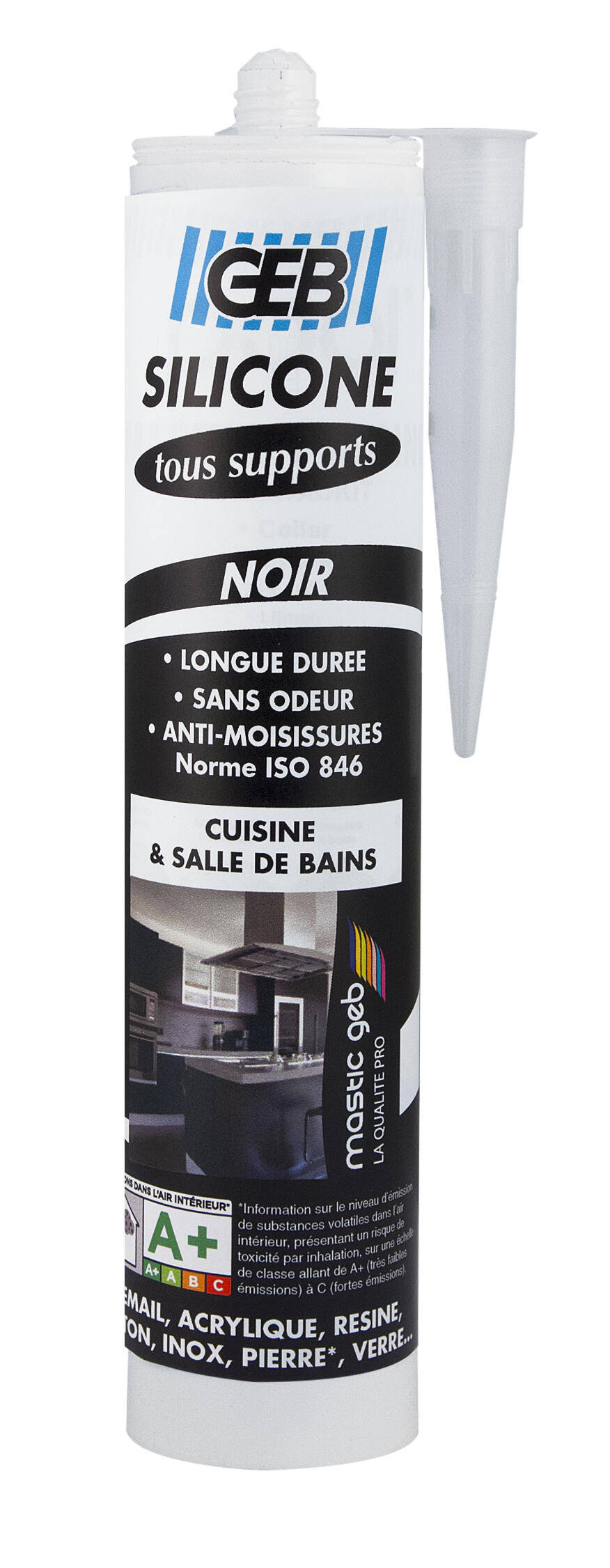
Love Mail/ Thank You, ARLENE S./ Silicone Hot Handle Holders - #4432
I think, that you are not right. I am assured. Write to me in PM, we will discuss.